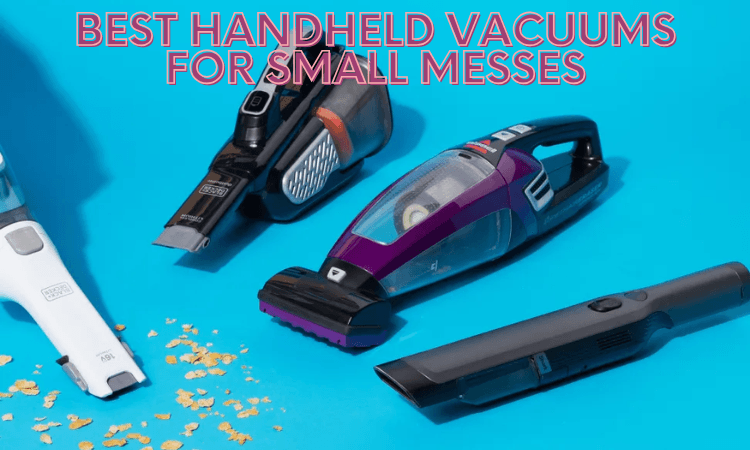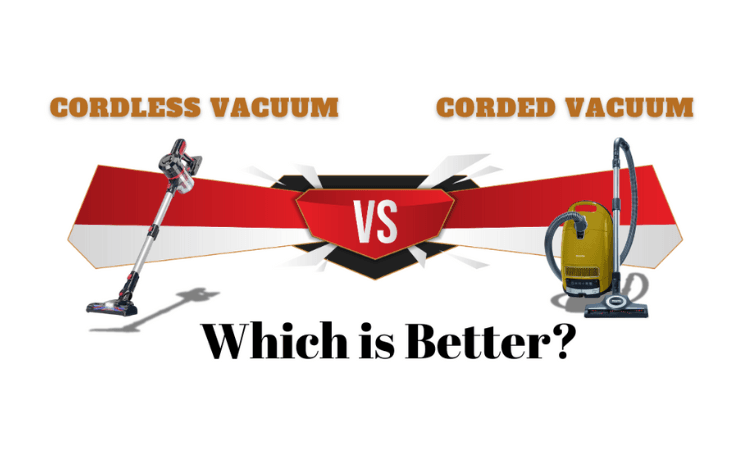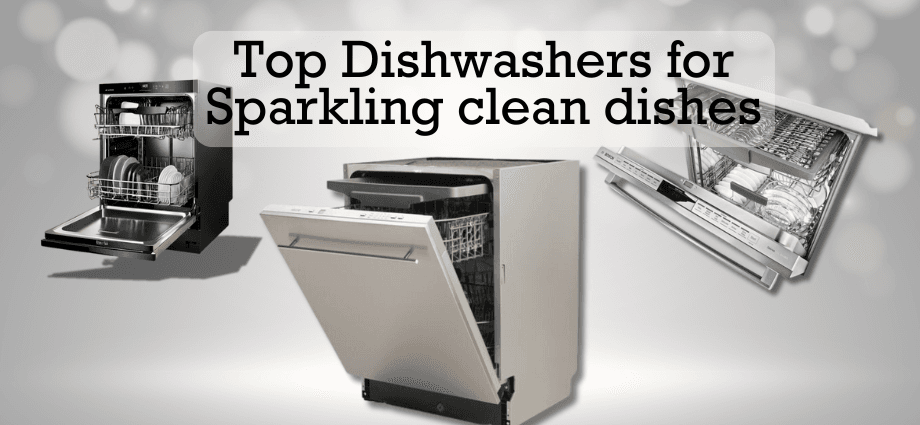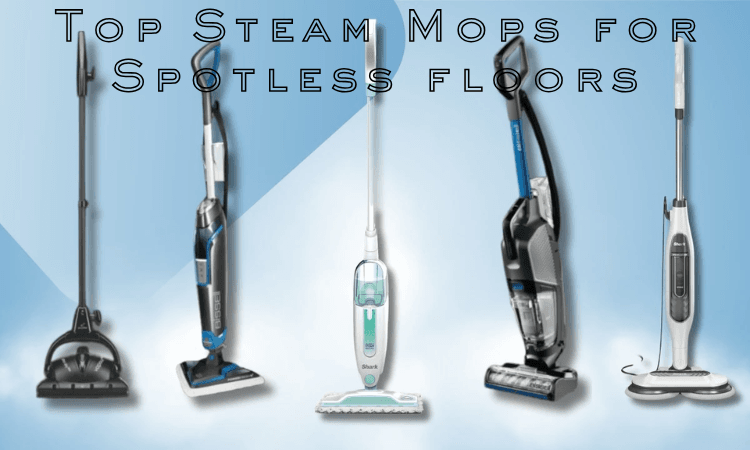Portable air conditioners are a convenient and effective way to cool indoor spaces without the need for permanent installation. These versatile appliances are gaining popularity among renters, homeowners, and anyone looking for an easy solution to beat the heat. In this article, we will explore portable air conditioners in depth, including their types, benefits, and factors to consider when choosing one. We’ll also recommend some top models to help you make an informed decision.
What Are Portable Air Conditioners?
Portable air conditioners are compact cooling devices designed to cool individual rooms or small spaces. Unlike traditional air conditioners, they don’t require permanent installation and can be moved from one location to another with ease. These units typically include a hose that vents hot air outside through a window or sliding door.
Definition and Key Features
Portable air conditioners use refrigerants to cool air and then expel hot air through an exhaust hose. They are equipped with wheels or handles for easy mobility, making them ideal for temporary cooling needs. Most models also come with features like adjustable thermostats, remote controls, and timers.
Who Should Consider Them?
These units are ideal for individuals living in rented apartments, those with rooms that require supplemental cooling, or anyone looking for a flexible and affordable cooling option.
Benefits of Portable Air Conditioners
Portable air conditioners offer numerous advantages that make them a practical choice for many households.
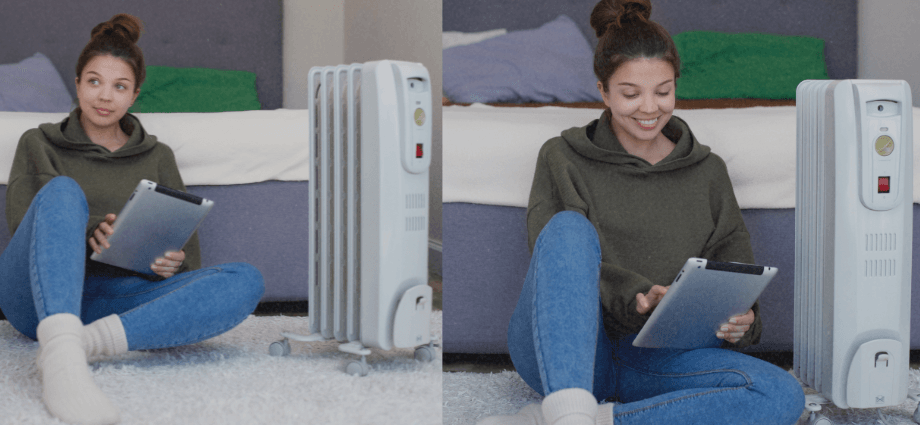
Easy Installation
One of the biggest benefits is their simple setup. Unlike window units or central air systems, portable air conditioners don’t require professional installation. The exhaust hose can be easily fitted into a window or door with the included venting kit.
Energy Efficiency
Many portable air conditioners are designed with energy-saving features, such as sleep modes, programmable timers, and adjustable fan speeds. These features help reduce electricity consumption, making them an eco-friendly and cost-effective choice.
Versatility
These devices are suitable for a wide range of environments, including homes, offices, and temporary spaces. Their compact design and mobility allow you to move them between rooms as needed.
Cost-Effectiveness
Compared to central air conditioning systems, portable air conditioners are relatively affordable. They also save money on energy bills by cooling specific areas instead of the entire house.
Types of Portable Air Conditioners
There are different types of portable air conditioners, each designed for specific needs. Understanding these types can help you choose the right model for your space.
Single-Hose Models
Single-hose portable air conditioners use one hose to expel hot air outside. They are best suited for small to medium-sized rooms. While they are more affordable, they may take longer to cool larger spaces.
Dual-Hose Models
Dual-hose models use one hose for air intake and another for air exhaust, making them more efficient and faster at cooling. These are ideal for larger spaces or areas with higher cooling demands.
Evaporative Coolers
Evaporative coolers, also known as swamp coolers, use water evaporation to lower the temperature. They are energy-efficient and eco-friendly but work best in dry climates where humidity is low.
Factors to Consider When Buying
When selecting a portable air conditioner, consider the following factors to ensure it meets your needs.
Room Size and BTU Ratings
The cooling capacity of a portable air conditioner is measured in BTUs (British Thermal Units). Choosing the right BTU rating is crucial for efficient cooling. For example, an 8,000 BTU unit covers up to 200 square feet, while a 14,000 BTU unit is suitable for spaces up to 500 square feet.
Noise Levels
Noise levels, measured in decibels (dB), can vary significantly between models. Quieter units are ideal for bedrooms or offices where low noise is a priority.
Energy Efficiency Ratings
Energy-efficient models come with certifications like ENERGY STAR and high Energy Efficiency Ratio (EER) ratings. These certifications indicate lower energy consumption, which can save money in the long run.
Maintenance and Durability
Regular maintenance is essential for the longevity of your portable air conditioner. This includes cleaning filters, draining water tanks, and checking for wear and tear. Models with washable filters and self-evaporating systems can reduce maintenance requirements.
Recommended Portable Air Conditioners
Here are some top-rated portable air conditioners that offer excellent performance and value:
Black+Decker BPACT08WT
This 8,000 BTU unit is compact, energy-efficient, and easy to install. It’s a great choice for small rooms and budget-conscious buyers.
Whynter ARC-14S
With 14,000 BTU and a dual-hose system, this model offers powerful cooling and works well in larger spaces. Its eco-friendly refrigerant is an added bonus.
Honeywell MN12CES
A sleek and quiet 12,000 BTU unit, the Honeywell MN12CES is perfect for medium-sized rooms. It features a digital display and remote control for added convenience.
SereneLife SLPAC10
This 10,000 BTU model is lightweight and portable, making it ideal for small to medium spaces. It also includes a dehumidifier function.
Pros and Cons of Portable Air Conditioners
Portable air conditioners have advantages and disadvantages, which are important to consider before purchasing.
Pros
They are easy to install and move, making them ideal for renters and temporary setups. Portable air conditioners are also more affordable than central air systems and often come with energy-saving features.
Cons
They have limited cooling capacity for larger spaces and may produce noise during operation. Additionally, regular maintenance is required to keep them running efficiently.
Conclusion: Stay Cool with Convenience
Portable air conditioners provide an efficient and flexible solution for cooling individual spaces. Their ease of use, affordability, and variety of models make them a popular choice for many households. When choosing a portable air conditioner, consider your room size, cooling needs, and additional features to find the perfect match. With the right model, you can stay comfortable and cool, even on the hottest days.
